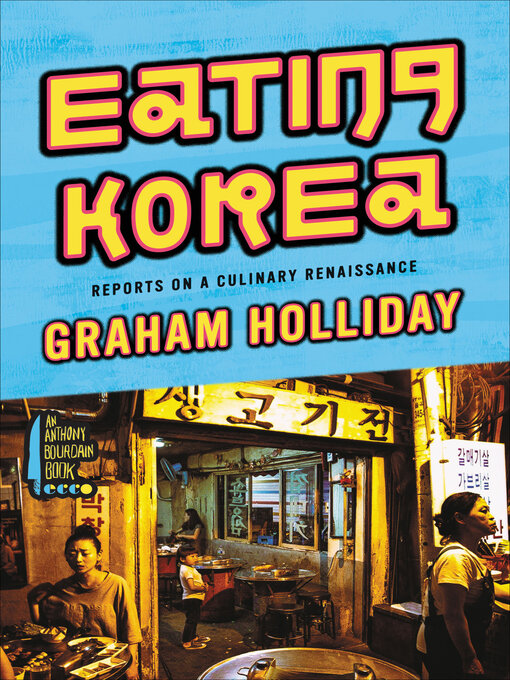An energetic, fast-paced trip through the rapidly changing world of Korean cuisine by the author of Eating Viet Nam.
Journalist, world traveler, and avid eater Graham Holliday has sampled some of the most exotic and intriguing cuisines around the globe. On a pilgrimage throughout the whole of South Korea to unearth the real food eaten by locals, Holliday discovers a country of contradictions, a quickly developing society that hasn’t decided whether to shed or embrace its culinary roots. Devotees still make and consume classic Korean dishes in traditional settings even as the cuisine modernizes in unexpected ways and the phenomenon of Korean people televising themselves eating (mok-bang) spreads ever more widely.
Amid a changing culture that’s simultaneously trying to preserve what’s best about traditional Korean food while opening itself to a panoply of global influences and balancing new and old, tradition and reinvention, the real and the artificial, Holliday seeks out the most delicious dishes in the most authentic settings—even if he has to prowl in back alleys to find them and convince reluctant restaurant owners that he can handle their unusual flavors. Holliday samples sundae (blood sausage); beef barbecue; bibimbap; Korean black goat; wheat noodles in bottomless, steaming bowls; and the ubiquitous kimchi, discovering the exquisite, the inventive, and, sometimes, the downright strange.
Animated by Graham Holliday’s warm, engaging voice, Eating Korea is a vibrant tour through one of the world’s most fascinating cultures and cuisines.



